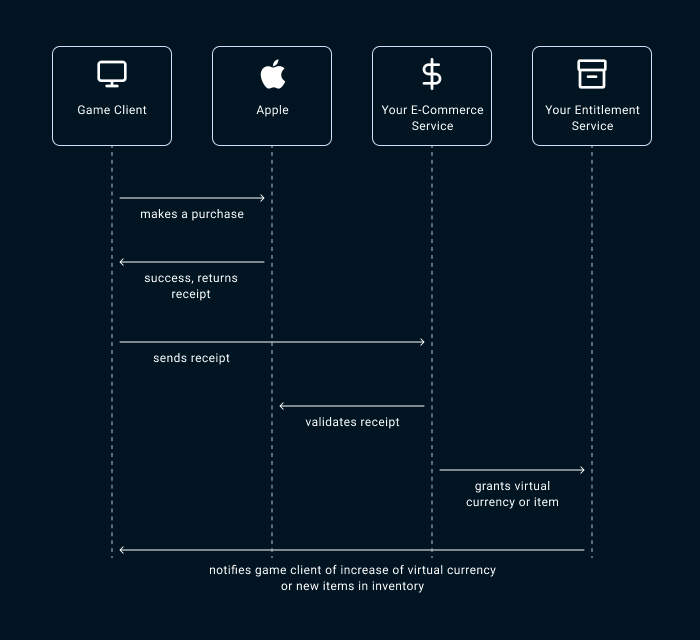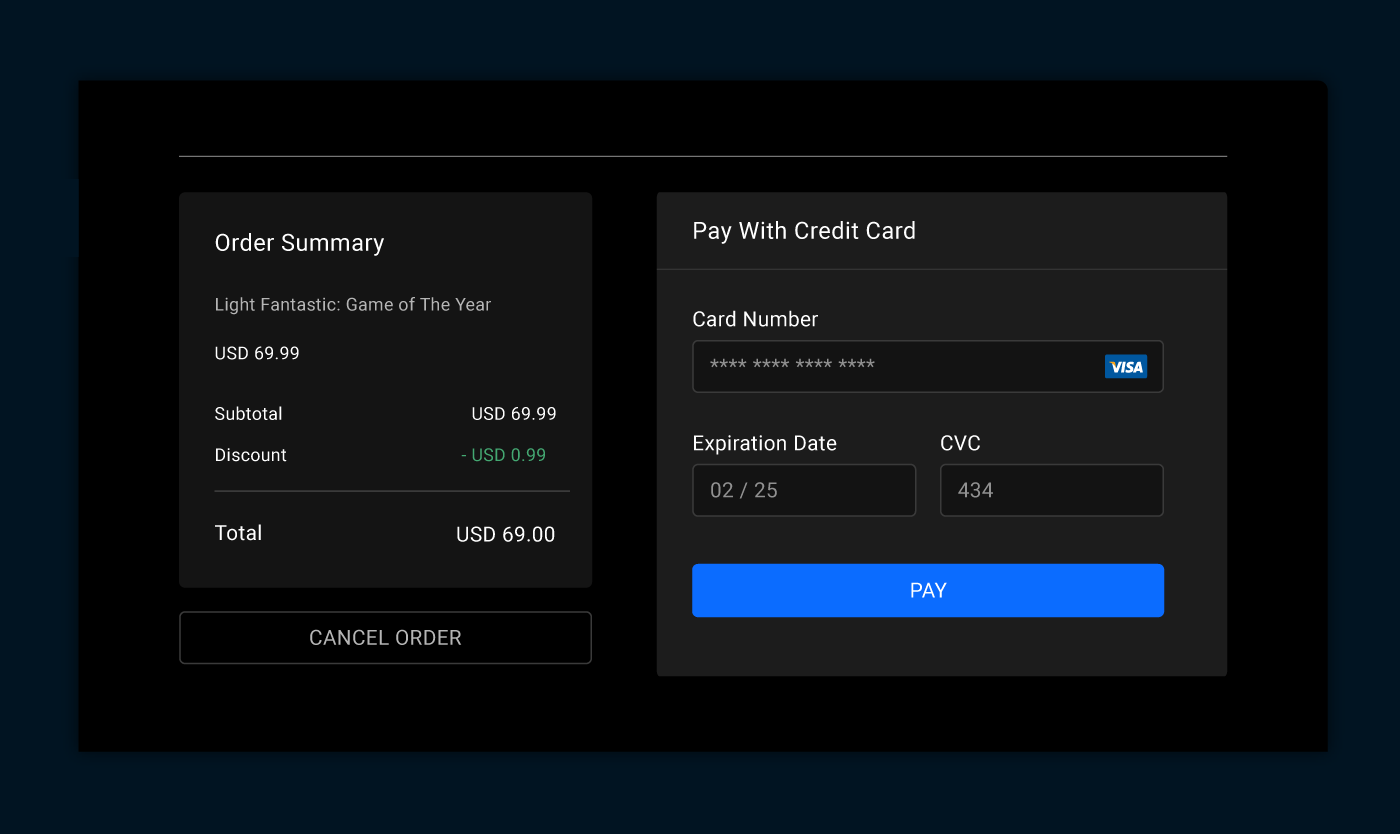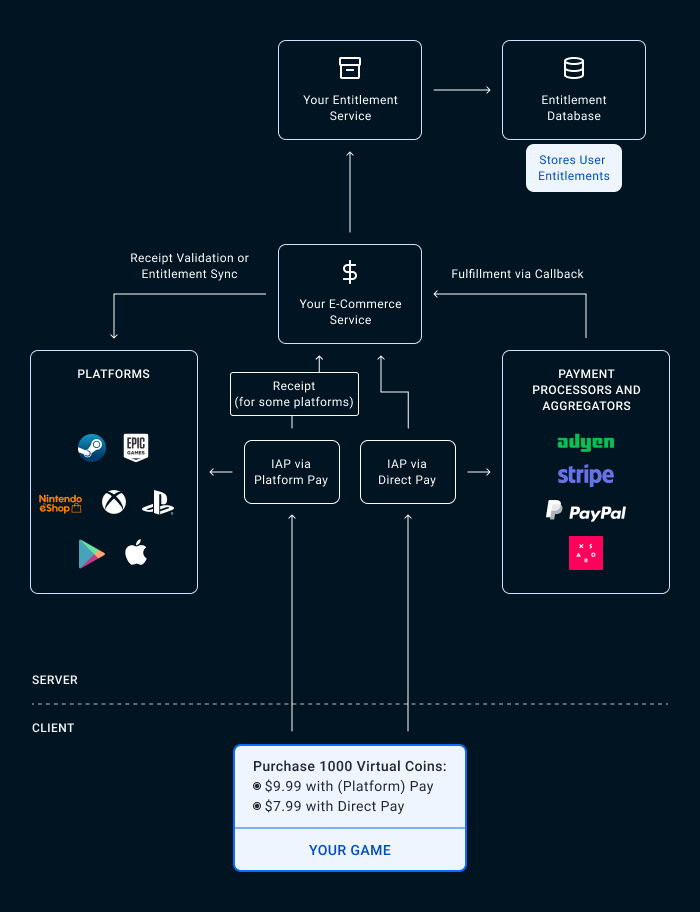Getting Started
Introduction to AccelByte Gaming Services (AGS)

Backend Services
Skip boring dev work with plug-and-play systems for 80% of your game’s backend

Backend Customization
Build 20% of the backend that makes your game unique without managing it

Server Orchestration
Automate spinning up and scaling servers globally for smooth, low-latency sessions

Build Distribution
Deliver builds faster to testers worldwide so you can ship multiple times a day

Crash Reporting
Catch and fix bugs before players see with real-time crash data and full context

Tools & Utilities
Monitor gameplay, test your setup, and tweak your game without juggling external tools
Introduction to AccelByte Gaming Services (AGS)
Learn to use AGS with our demo game "Byte Wars"
Connect and get support with other members of the AccelByte Community
Submit and review tickets while directly connecting with AccelByte
Join our Discord for support, insights, and networking!

Originally published at https://gamesindustry.biz following the Apple vs Epic dispute mid-August 2020, republishing here for more people to enjoy.
Last week, Epic Games began a (pardon the pun) unreal skirmish with Apple and Google by enabling a discounted direct payment option on the mobile versions of Fortnite, compared to the mandated, standard payment via App Store or Google Play.
According to Tim Sweeney, the decision to enable direct payment is to provide options and to pass the savings to the player, while slamming the 30% store tax from Apple and Google.
As a result, Apple and Google pulled Fortnite from their stores, and a litigation suit filed by Epic is underway.
The dust is not going to settle anytime soon, and the jury is still out on whether Apple and Google will let Fortnite -- or other games for that matter -- provide direct payment options for in-game microtransactions. Consider this: if Epic wins this battle, it will also impact consoles such as Xbox, PlayStation, Nintendo, or even Steam.
Here are the three things you need to know should you consider providing alternative direct payment for your game:
While the hot topic is whether platforms will allow alternative direct payments, you will most likely still have to implement the 'pay with platform' route.
On a high level breakdown, here's what's happening when users make an in-app purchases:

The key factor here is that you need to have a server component that can validate user purchases, securely, by calling into server-to-server APIs from the appropriate platforms.
There are different ways platforms provide secure server-to-server validation of user purchases, but generally, they can be grouped into two categories:
With receipt validation, the game client would complete the purchase, and pass the receipt up to the server. The server would then validate receipt information to the platform backend and grant the appropriate entitlement for the user. Apple and Google support receipt validation S2S APIs.

Here is an example of how to perform receipt validation with Apple.
With entitlement sync, the game client completes the purchase and notifies the server. The server then calls the platform backend on behalf of the user and validates any new entitlements for them. If there are new entitlements, the server copies and synchronizes them to its own database. Xbox and PlayStation support entitlement sync.

The fastest way to utilize direct payment is by leveraging one (or more) payment aggregator(s).
What is a payment aggregator? The US Chamber website defines it as "a service provider that allows merchants to process mobile or e-commerce payments. They let businesses accept credit and debit card payments without setting up a merchant account through a bank."
"Instead, you use a third-party payment provider to process your online transactions for you. The provider groups your business with other merchants and accepts payments on behalf of everyone."
In short, you can get up and running quickly to take payment from your users, as the payment aggregator takes care of the heavy lifting (PCI compliance, setting up merchant accounts, tax calculation, securely storing credit card information, etc).
There are many payment aggregators available -- Stripe, Adyen, Paypal, and Xsolla, to name a few. They all have different capabilities, ease of use, and different charging models.
A fee per transaction is standard, so make sure to check the fine print before determining which works for your game.
Most payment aggregators let you put your own branding on the pay station during user checkout, so they know that they are purchasing from you directly.

Integrating with a payment aggregator normally involves your server registering a callback fulfillment URL.
Upon a successful transaction, the payment aggregator calls the callback URL with the details of the transaction. Your backend can then process payment and grant the user appropriate entitlement based on their purchases.

Note that you can design your backend system such that you can use different payment aggregators based on your needs. For instance, you can choose different aggregators to process player transactions from different regions based on traffic and transaction fee.
Note that you can design your backend system such that you can use different payment aggregators based on your needs. For instance, you can choose different aggregators to process player transactions from different regions based on traffic and transaction fee.
Hopefully by now you agree that, in order to securely process in-app purchases for your game, you need a backend system, that can:

Keeping track of player entitlements goes beyond in-app purchases -- for instance, if you decide to sell Steam keys in your website, or if you are considering a "Buy-Once-Play-Anywhere" ownership model for your game.
Note that you can have your e-commerce system interact with other parts of your system, or even external systems, when a purchase is verified and fulfilled. For instance, you may want to send player purchase data into your analytics pipeline to get insights into your players' engagement and spending habits.
With the right backend systems in place, not only can you process in-app purchases securely, you can also engage your players directly to ensure a consistent user experience for your game and your brand, regardless of which platforms they choose to experience your game.
Raymond Arifianto has been making online games and platforms for over 15 years, working at Xbox, Lionhead, EA and Ubisoft. He is now working as VP of tech at AccelByte, a one-stop shop for live game services.
Reach out to the AccelByte team to learn more.